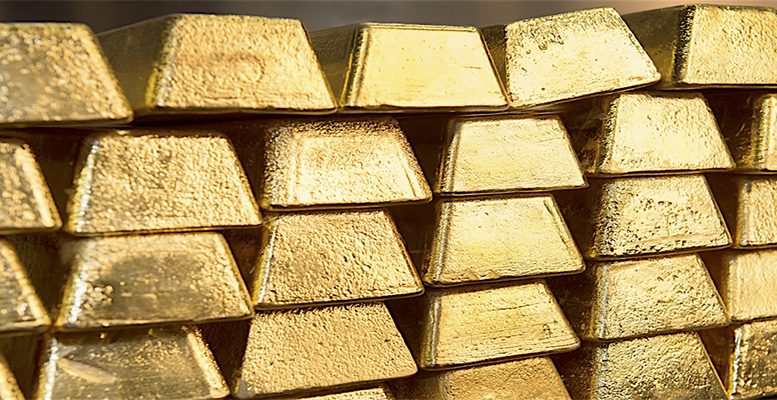DWS | Although gold is considered a hedge against inflation, what is true that, over the last decade, it has closely followed the evolution of real interest rates: when those fall, the price of gold tends to rise.
Wedding organising companies in India, German savers, opportunist hedge funds or futures traders – there are many suspects behind the greater or lesser demand for gold. Regardless of what one thinks, one of the most important factors for the demand for gold is probably the growing omnipresence of central banks, which can influence gold prices in different ways. To begin with, central banks have been among the main buyers of gold since the financial crisis. In 2018 they bought 651.5 tons, more than at any other time since, at least 1971, when the US abandoned the gold standard.
On the other hand, central banks´ interest rate policies have a major influence on the attractiveness of gold. As gold does not generate interest or dividends, investors always keep in mind the opportunity cost, in other words the potential loss of incomes they would have obtained by investing in other assets. To show this, it is sufficient to focus on the returns offered by US Treasuries. Normally, according to the conditions, the lower the interest rate, the more attractive investment in gold. If we divide the nominal interest rate of treasuries into its two components (real interest rate and inflation expectations) it is evident that, historically, at least since the beginning of the financial crisis, real interest rates have evolved in parallel to the gold price.
This stands out because, in the end, some trends in capital markets have changed since then. However, nothing seems to suggest that gold is going to abandon this tendency for now. We believe that the influence of central banks in capital markets will not diminish in the short term. The recent rally in the gold price, which exceeded 1,500 dollars per troy ounce, was accompanied by the realisation by some investors that the main central banks are not planning to raise interest rates for now. It does not seem a coincidence.





